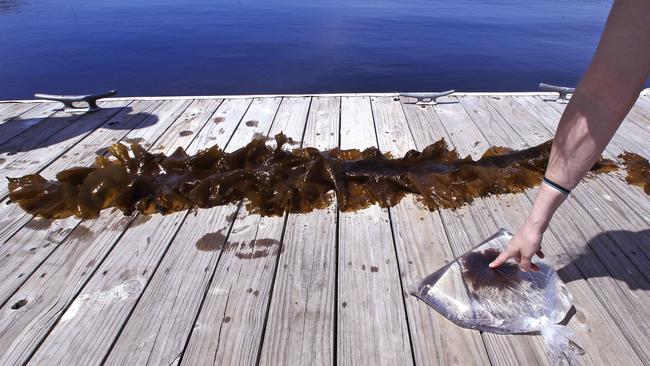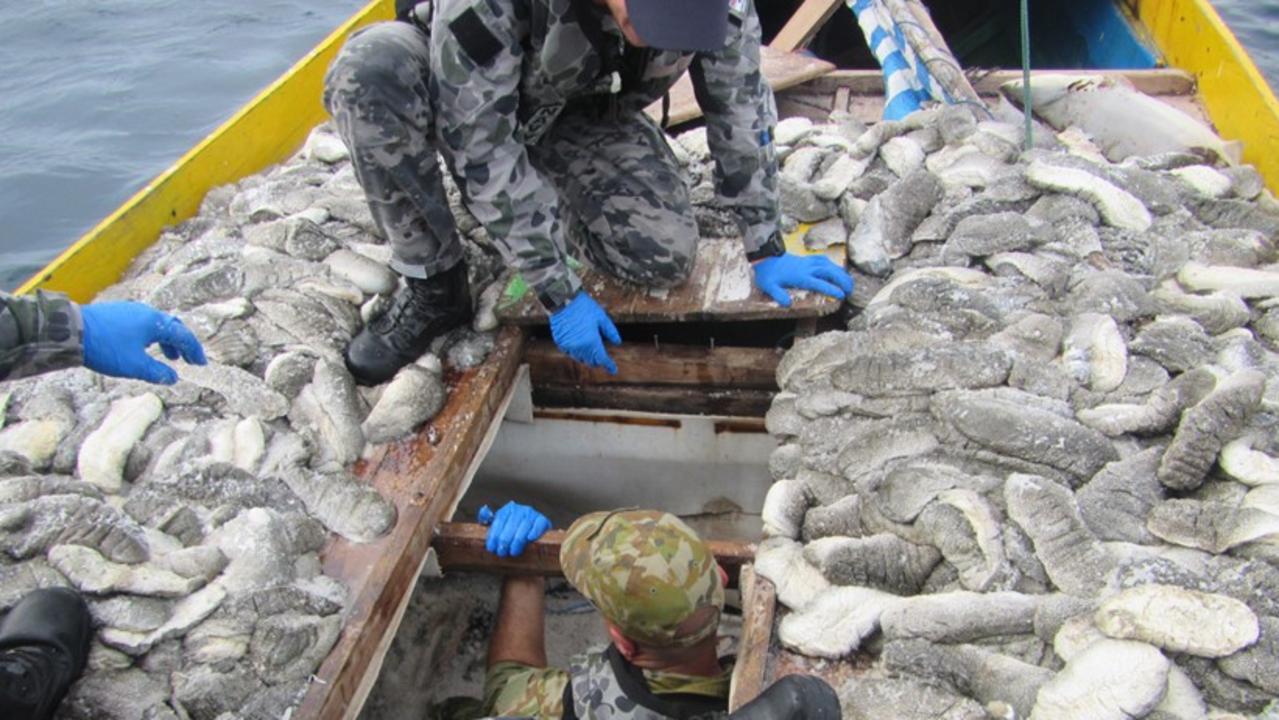Global concern as world’s kelp forests vanishing
WHEN diving in the Gulf of Maine a few years back, Jennifer Dijkstra expected to be swimming through a flowing kelp forest that had long served as a nursery and food for juvenile fish and lobster

Fishing
Don't miss out on the headlines from Fishing. Followed categories will be added to My News.
WHEN diving in the Gulf of Maine a few years back, Jennifer Dijkstra expected to be swimming through a flowing kelp forest that had long served as a nursery and food for juvenile fish and lobster.
But Dijkstra, a University of New Hampshire marine biologist, saw only a patchy seafloor before her.
The sugar kelp had declined dramatically and been replaced by invasive, shrub-like seaweed that looked like a giant shag rug.
“I remember going to some dive sites and honestly being shocked at how few kelp blades we saw,” she said.
The Gulf of Maine, stretching from Cape Cod to Nova Scotia, is the latest in a growing list of global hotspots losing their kelp, including hundreds of kilometres in the Mediterranean Sea, off southern Japan and Australia, and parts of the California coast. Among the world’s most diverse marine ecosystems, kelp forests are found on all continental coastlines except for Antarctica.
They provide critical food and shelter to myriad fish and other creatures.
Kelp also is critical to coastal economies, providing billions of dollars in tourism and fishing. The likely culprit for the loss of kelp, according to several scientific studies, is warming oceans from climate change, coupled with the arrival of invasive species.
In Maine, the invaders are other seaweeds.
In Australia, the Mediterranean and Japan, tropical fish are feasting on the kelp.
Kelp losses on Australia’s Great Southern Reef threaten tourism and fishing industries worth $US10 billion ($A13 billion).
Die-offs contributed to a 60 per cent drop in species richness in the Mediterranean and were blamed for the collapse of the abalone fishery in Japan.


